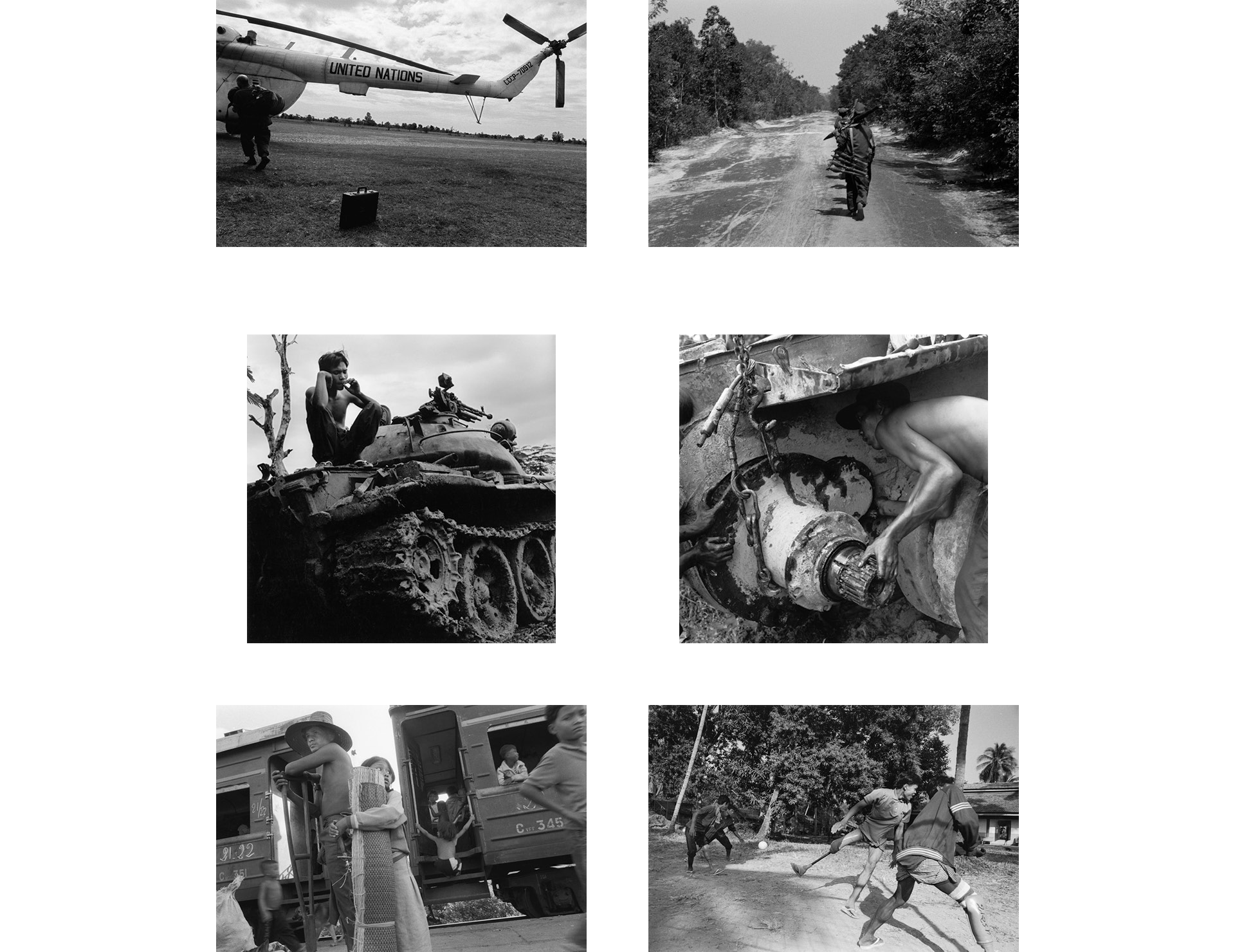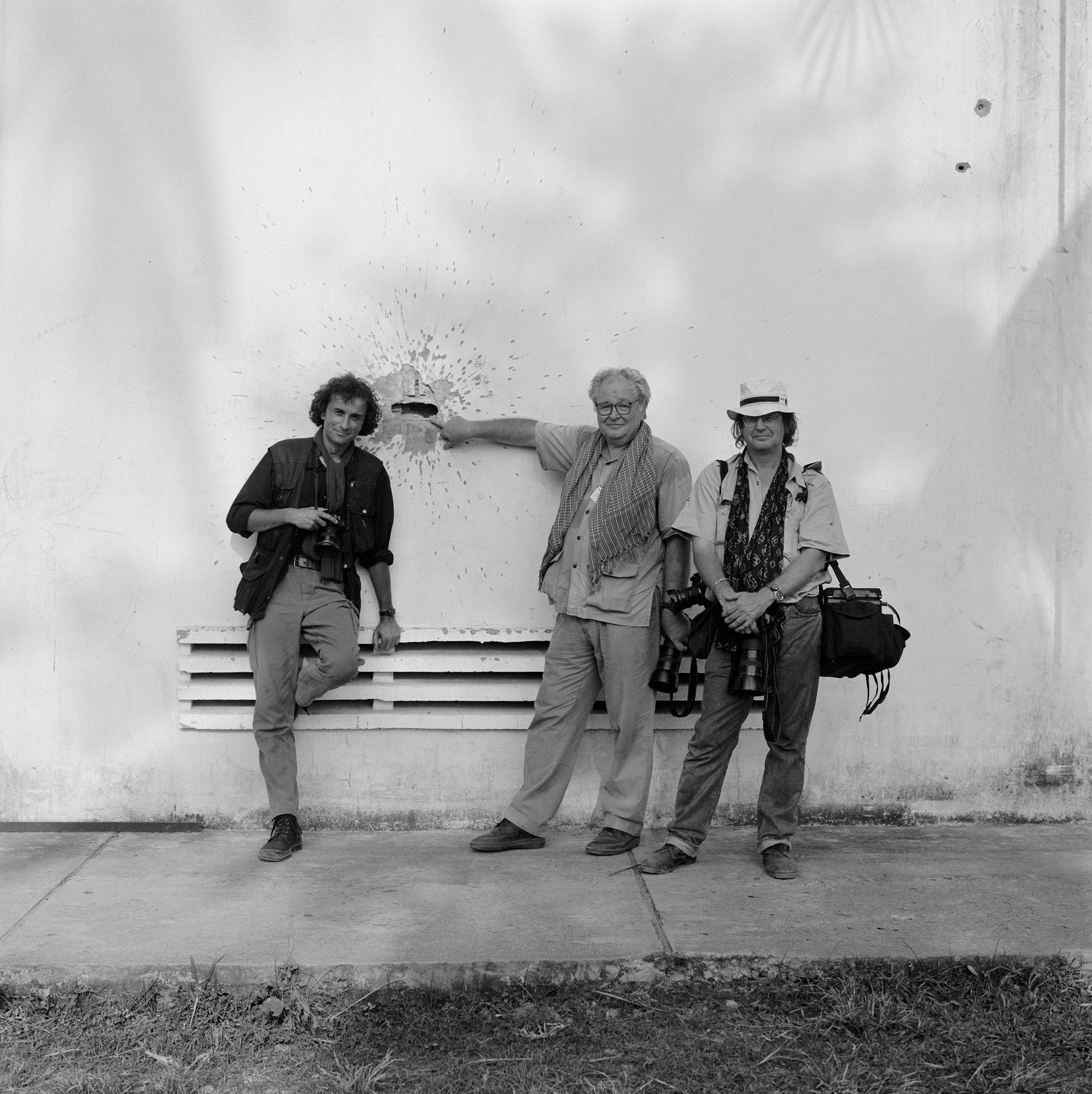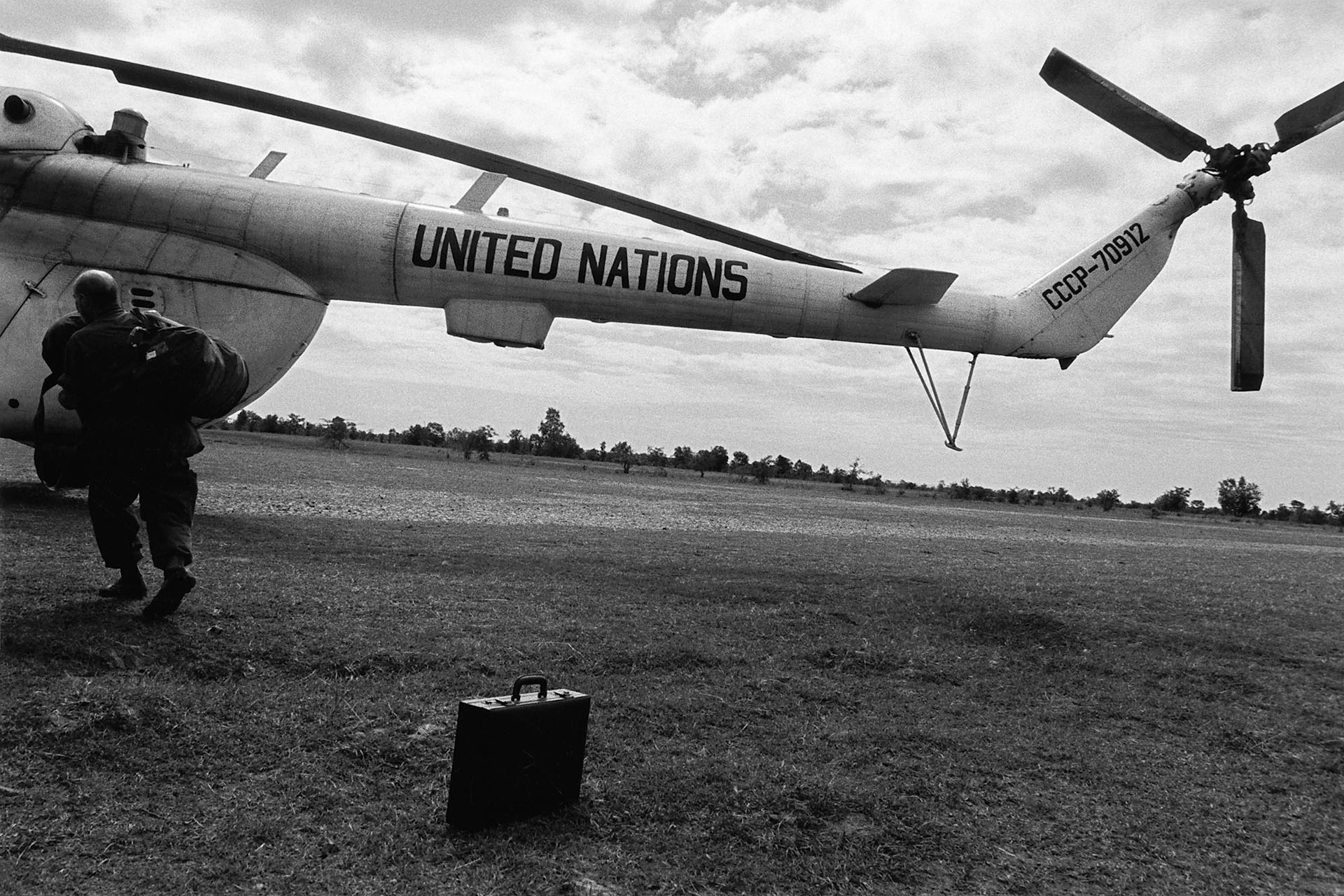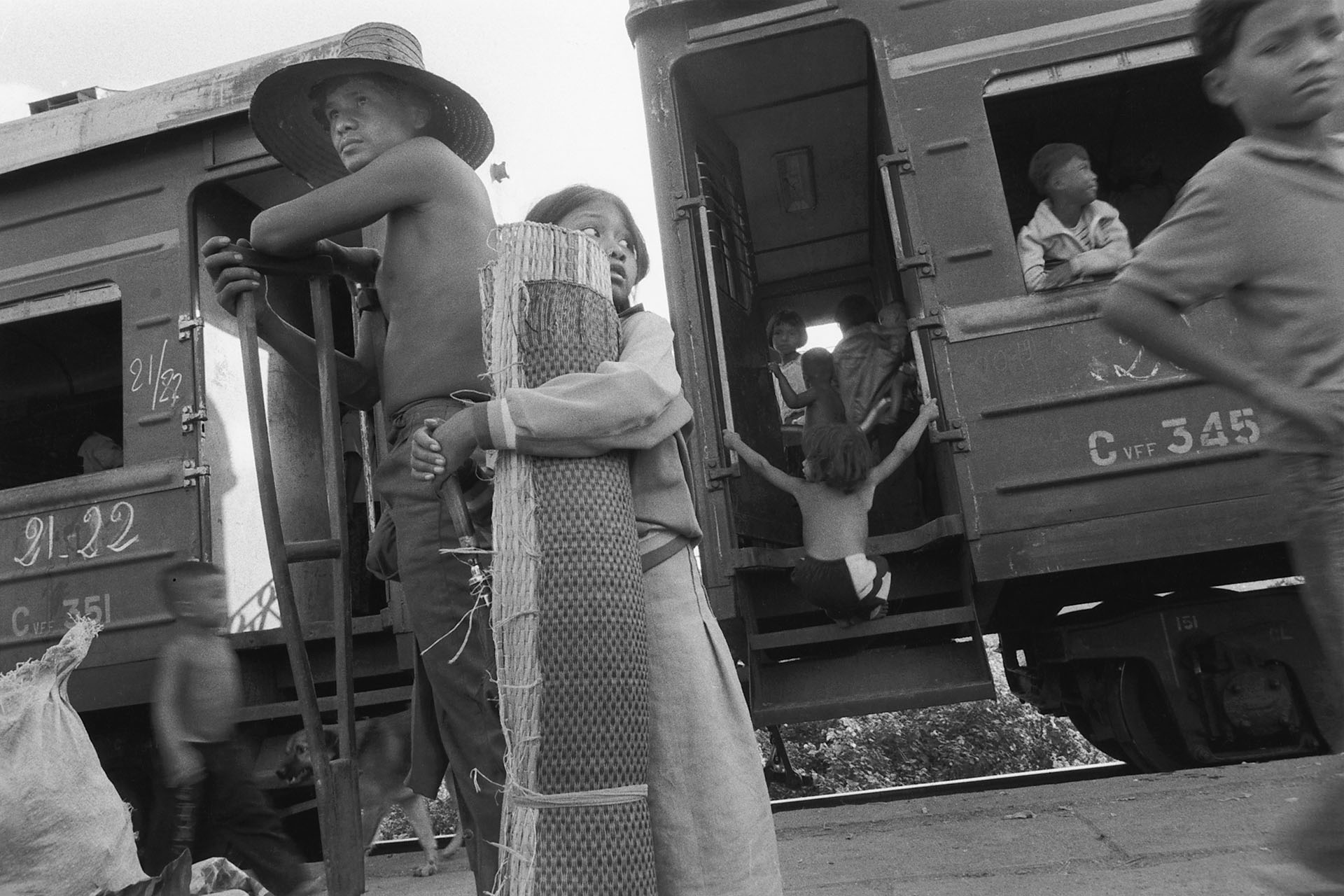1992
Cambodia – Resurrecting a Country
A sideshow during the American war in Vietnam and the site of the Killing Fields under the Khmer Rouge (under whose regime from 1975 to 1978 an estimated 2 million died), Cambodia descended into what is known as the Cambodian-Vietnamese War, fought between the forces of the pro-Soviet state and a multi-factional government-in-exile.
Peace efforts in 1991 led to the United Nations Transitional Authority in Cambodia (UNTAC). But the Khmer Rouge’s withdrawal from the peace process and its dealings with the State of Cambodia, designed to be “the unique legitimate body and source of authority in which […] sovereignty, independence and unity […] are enshrined,” turned the main components of the UN mandate – covering military and electoral matters, repatriation and rehabilitation – into the organization’s biggest gamble in the post-Cold War world.
The UN invasion with thousands of peace-enforcing personnel from thirty countries, civilian police monitors, international staffers, and volunteers created a parallel society and economy where government representatives set the prevailing climate of corruption and graft. Environmental pillaging continues and demobilization has been abandoned. Battles between warring factions continue, with the Khmer Rouge expanding their sphere of influence, particularly in the Great Lake Region, where ethnic Vietnamese fishing communities are being terrorized. Many of the 350,000 refugees who have been repatriated from the Thai border have become internally displaced persons. Because too little has been achieved in de-mining, they are now gravely at risk. Economic rehabilitation is hindered because almost none of the $ 800 million pledged by donors has arrived. If the election can be held, the best outcome would be a coalition between Hun Sen and the FUNCINPEC (Front uni national pour un Cambodge indépendant, neutre, pacifique et coopératif) under the presidency of Prince Sihanouk. But representatives of the Khmer Rouge leadership are still lying in wait amid suggestions that they be included in this effort to pave the way to national reconciliation.
The reportage was commissioned and published by Tages-Anzeiger Magazin, Zürich, and taz.die tageszeitung, Berlin, and became part of Delta. The Perils, Profits and Politics of Water in South and Southeast Asia.
Exhibition
Assignments
- 2010–2018Afghanistan – Glacier Walks in Times of War
- 2012Burma Revisited
- 2009Swat – Mutilated Faces
- 2007Kazakhstan – Oil Great Game in Central Asia
- 2005Turkmenistan – A Journey under Surveillance
- 2004China – Farewell to Kashgar
- 2001–2010Afghanistan – A Thirty Years War
- 2001China – The Transformation of Xinjiang
- 2001Afghanistan – Drought and Famine
- 2000Kashmir – Paradise Lost
- 2000Ulanbataar – Children’s Underworld
- 2000London – Going Southwark
- 1999Indonesia – East Timor: Times of Agony
- 1998–1999Borneo – Destruction Business
- 1998Afghanistan – Economy of Survival
- 1997Cambodia – Quiet Days in Pailin
- 1996Tajikistan – Forbidden Badakshan
- 1995Iran – Roads to Isfahan
- 1994–the presentAngkor – The Mercy of Ruins
- 1994Bangladesh – Sandwip: An Island disappears into the Sea
- 1993Calcutta – Durga Puja
- 1992–1996Indochina – Legacies of War
- 1992Cambodia – Resurrecting a Country
- 1991–1992Burma – Behind the Bamboo Curtain
- 1990Ahmedabad – Cotton Mills
- 1987China – The Pulse of the Earth
- 1978–1980Greece – Lavrion Silver








